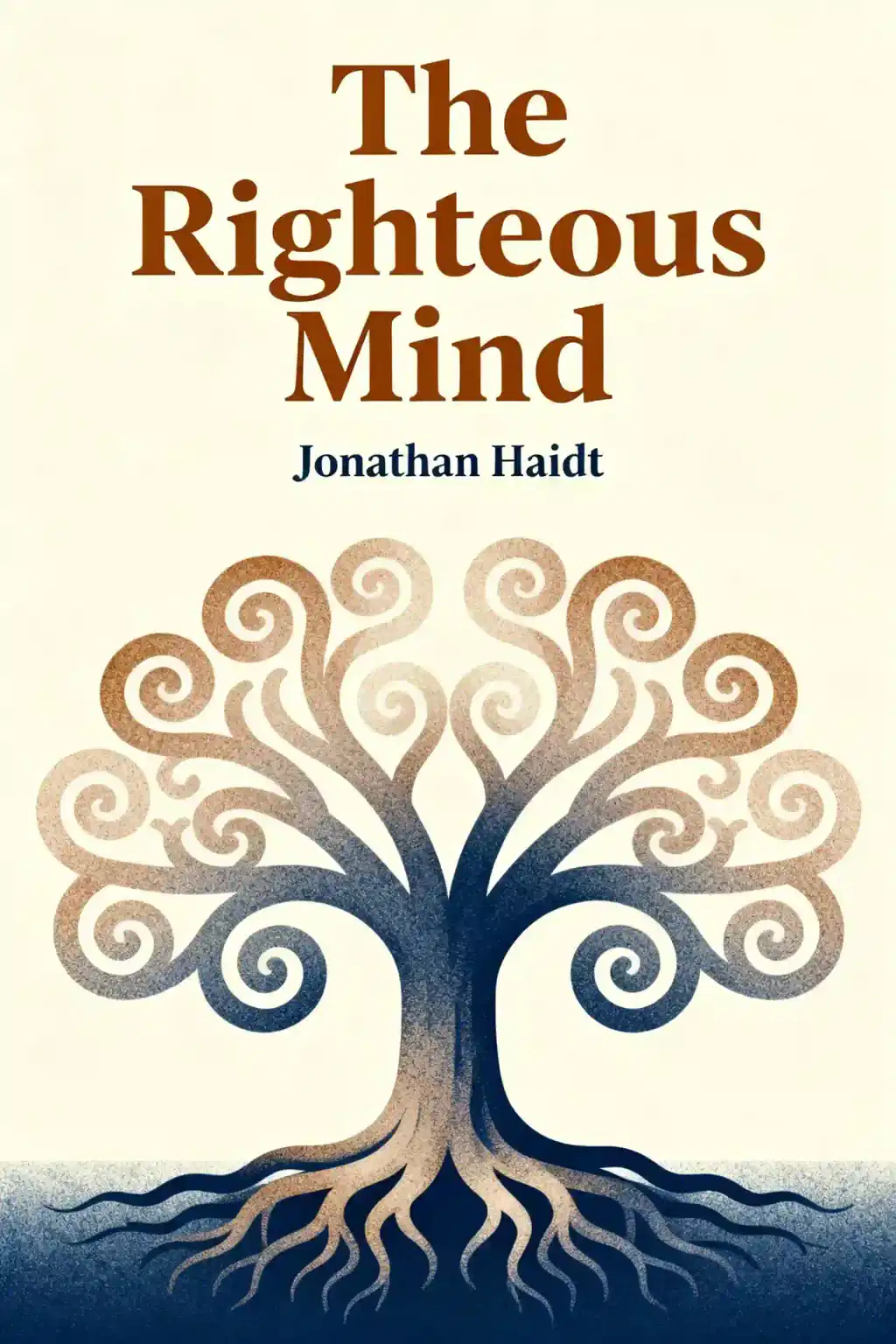What is
The Moral Animal by Robert Wright about?
The Moral Animal explores human behavior through evolutionary psychology, arguing that traits like jealousy, altruism, and moral instincts evolved to enhance survival and reproductive success. Robert Wright uses Charles Darwin’s life and theories to explain how genetic self-interest shapes social dynamics, relationships, and even self-deception.
Who should read
The Moral Animal by Robert Wright?
This book suits readers interested in evolutionary biology, psychology, or anthropology. It’s ideal for those curious about Darwinian explanations for human behavior, including social status, family dynamics, and moral hypocrisy.
Is
The Moral Animal by Robert Wright worth reading?
Yes—it’s a groundbreaking work that sparked widespread debate in the 1990s. Named a New York Times Best Book and praised for its provocative insights, it remains relevant for understanding the evolutionary roots of modern social conflicts and relationships.
How does
The Moral Animal explain jealousy and romantic relationships?
Jealousy arises as an evolutionary safeguard to protect genetic investment: men fear sexual infidelity (risking resources on another’s offspring), while women fear emotional abandonment (losing support). These differences reflect strategies to maximize reproductive success.
What does
The Moral Animal say about self-deception?
Self-deception evolved to help humans manipulate others more convincingly. By hiding selfish motives—even from ourselves—we can act altruistically in ways that ultimately serve genetic interests, such as gaining social status or reciprocal favors.
How does
The Moral Animal address sibling rivalry?
Siblings compete for parental resources to boost survival chances. Evolutionary logic suggests that rivalry decreases as genetic overlap grows (e.g., full vs. half-siblings), since helping closely related kin can indirectly propagate shared genes.
What is the link between morality and evolution in
The Moral Animal?
Morality isn’t purely virtuous—it’s a tool for social cooperation that enhances survival. Concepts like guilt and reputation-management evolved to curb selfishness, fostering trust within groups while advancing individual genetic goals.
How does
The Moral Animal compare to Wright’s other books like
Nonzero?
While Nonzero focuses on cooperation’s role in human progress, The Moral Animal delves into darker evolutionary drives like hypocrisy and competition. Both emphasize Darwinian frameworks but tackle opposing facets of human behavior.
What critiques exist about
The Moral Animal?
Critics argue it overemphasizes genetic determinism, downplaying cultural and individual agency. Some challenge its portrayal of morality as inherently self-serving, citing examples of genuine altruism unexplained by reproductive logic.
How does
The Moral Animal explain social status hierarchies?
Hierarchies reduce conflict by establishing clear ranks. Submitting to dominant individuals can be advantageous, as seen in animal groups, by minimizing energy wasted on futile challenges and ensuring group stability.
What key quotes summarize
The Moral Animal?
- “Morality is a tool of the genes.”
- “We are machines created to pass on our genetic material.”
These lines underscore the book’s thesis that even ethical behavior serves evolutionary ends.
Why is
The Moral Animal still relevant in 2025?
Its insights into tribalism, moral hypocrisy, and status-seeking explain modern issues like social media-driven polarization and workplace dynamics. Understanding these roots aids in addressing conflicts and fostering cooperation.














